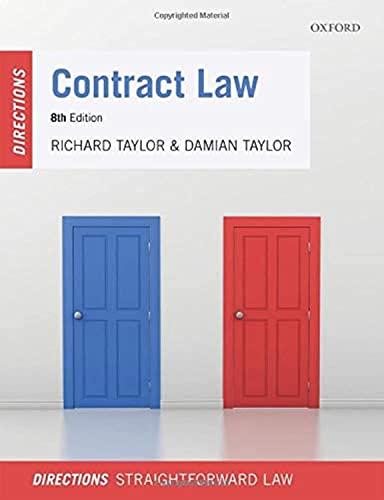




The following are data on Country A's
(i) Gross Domestic Savings as a % of GDP and
(ii) Annual Growth Rate of GDP (in %).
Gross domestic savings (% of GDP) GDP grown (annual %)
2001 - 31 2001 - 4
2002 - 28 2002 - 4
2003 - 33 2003 - 5
2004 - 29 2004 - 5
2005 - 29 2005 - 6
(a) Calculate v, the estimated capital:output ratio for 2001 using the savings rate, s, and growth rate, g, using data for 2001. Assume that d, (the rate of depreciation of existing capital) is 5% and constant over all the years.
(b) Using this estimated ratio and the savings data for each of the following years: 2002 to 2005, calculate the predicted growth rate of GDP for each year from 2002 to 2005. Keep assuming that d = 5%. How well do the predicted growth rates match the actual growth rates?
(c) Now calculate v = the estimated capital: output ratio for each of the years 2002 to 2004. Then using the estimated value of v for 2002, and savings data for 2003, calculate the predicted growth rate of GDP for 2003; then using the estimated value of v for 2003, and savings data for 2004 calculate the predicted growth rate for 2004 and so on.
The following seven elements explain the fundamentals of sports economics for professional leagues: Advertising Attendance Fan Demand Player Salaries Team Revenues Using the diagram below, 1) place the seven elements in the appropriate box and 2) explain why you placed them there: Question 3 Some researchers who utilise Legitimacy Theory posit that organisations will attempt to operate within the terms of their 'social contract". What is a social contract? Question 4 In 2006 the Australian Government established an inquiry into corporate social responsibilities with the aim of deciding whether the Corporations Act should be amended so as to specifically include particular social and environmental responsibilities within the Act. At the completion of the inquiry it was decided that no specific regulations would be added to the legislation, and that instead, 'market forces' would be relied upon to encourage companies to do the 'right thing' (that is, the view was expressed that if companies did not look after the environment, or did not act in a socially responsible manner, then people would not want to consume the organisations' products, and people would not want to invest in the organisation, work for them, and so forth. Because companies were aware of such market forces they would do the 'right thing' even in the absence of legislation). You are required to explain the decision of the government that no specific regulation be introduced from the perspective of: 1. Public Interest Theory 2. Capture Theory 3. Economic Interest Group Theory of regulation.QUESTION 23 An overheating economy is one where O A. Workers' job performance lags due to slow changes in technology. O B. Actual real GDP is below the full employment level of GDP. O C. The full employment level of GDP is almost equal to actual real GDP. OD. Actual real GDP is above the full employment level of GDP. QUESTION 24 The long-run aggregate supply curve is A. Upward sloping because of the effects of price level changes on real GDP. O B. The same as the short-run aggregate supply curve. O C. Vertical at the full-employment level of real GDP. O D. Horizontal at the full employment price level.Welcome to Question 21 The main components of government revenues are Not yet answered Select one: Marked out of 1 00 a. personal income taxes, corporate income taxes, indirect taxes, and investment and other income. P Flag question O b. transfer payments, investment income, and indirect taxes. c. debt interest, corporate income taxes, and income taxes. O d. corporate income taxes, indirect taxes, and transfer payments. O'e. debt interest, expenditures on goods and services, and income taxes. Question 22 The effort atD Question 9 2 pts Many economists believe that O the corporate income tax satisfies the goal of horizontal equity. O the corporate income tax does not distort the incentives of customers. O the corporate income tax is more efficient than the personal income tax. O workers and customers bear much of the burden of the corporate income tax. Previous Next
















